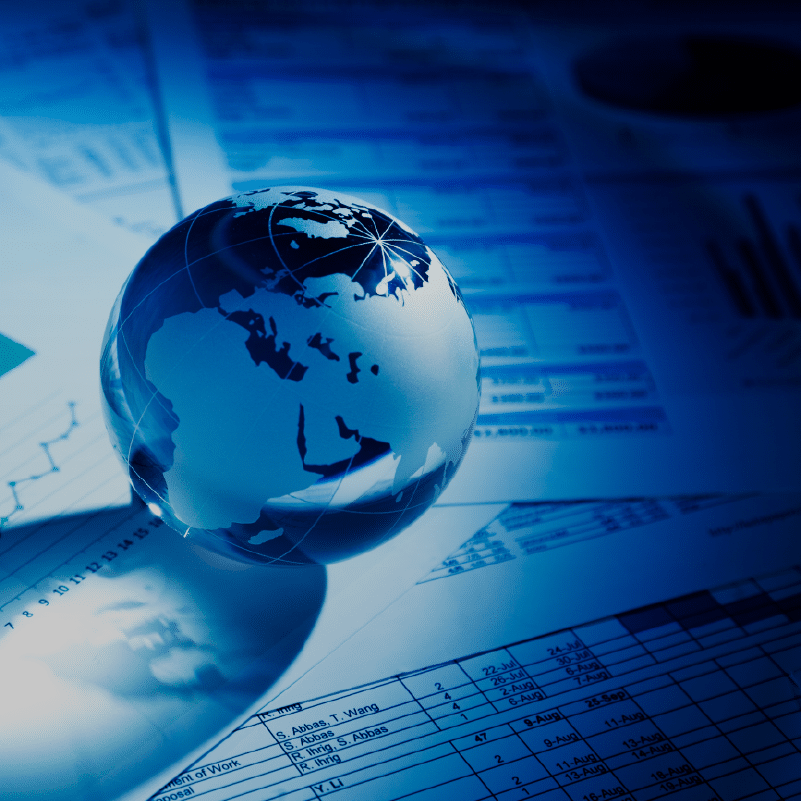Global markets bounced back strongly in April, pushed along by a tidal wave of stimulus and the prospect of some economic normalisation as governments around the world started to discuss the possibility of lifting movement restrictions which have strangled economic activity. The US Federal Reserve (Fed) expanded its balance sheet by $1.4trn in April, adding to the $1.1trn in March – it has now done more quantitative easing (QE) over the past two months than it did over five years during the global financial crisis (GFC). The MSCI World Index was up 11%, only the seventh double-digit monthly return for the global equity benchmark in 50 years and its best month since 2009.
US markets led the way with the S&P 500 Index gaining 13% – its best month since 1987. Half of S&P 500 companies reported results in April with earnings down 9% in aggregate for 1Q20. Banks delivered some of the biggest earnings declines as they were forced to collectively reserve billions of dollars against potential credit losses, particularly against credit card loans as unemployment spiked. The FAANG companies (Facebook, Amazon, Apple, Netflix, and Alphabet [formerly Google]) were again among the best performers, up 20% in aggregate for the month as the online economy proved resilient in the face of movement restrictions. The energy sector was, surprisingly, the strongest sector in April, jumping 30% MoM. This came as oil shook off major disruptions in the derivatives markets and the prospect of storage space running out to end the month 11% higher, with some help from a reconciled OPEC+ which was able to finally agree to some supply cuts.
Emerging market (EM) equities also fared well in the month as most major EM benchmarks saw double-digit returns in local currency terms. The MSCI EM Index was up 9.2% in US dollar terms for April, held back slightly by currency weakness in some of the EMs with growing debt burdens. The Turkish lira, Brazilian real and South African rand were down 5.3%, 5.1% and 3.7% MoM, respectively, for April.
Economic data for 1Q20 reported during April showed that, despite only a few weeks of 1Q20 seeing an impact from the movement restrictions, the economic damage done was enough to push economic indicators to show record declines. US 1Q20 GDP fell by 4.8% QoQ, with personal spending on services dropping by 10.2% QoQ, its biggest fall on record as the food services and accommodation sub-category fell by 30% QoQ. US employment also continued to implode as 20mn US workers filed initial unemployment claims in April (in addition to the 10mn initial claims filed in March).
Sysco: Playing the recovery
by Henry Biddlecombe, Investment Analyst
On the back of the sell-off in equity markets, sparked by the COVID-19 crisis, we have identified several instances where the market has likely overreacted. Once such example is Sysco, the US’ largest food and hospitality supplies distributor (with a similar model to BidCorp). Although near-term demand from the dining out and hospitality sectors (two-thirds of Sysco’s revenue) has likely collapsed, we also believe that this sector will be one of the first to “normalise” as the pandemic recedes.
Typically valued as a highly defensive business, Sysco is down over 30% since the start of the COVID-19 related sell-off (the S&P 500 is down 15%) – and now trades on a trailing earnings multiple of just 14.5x (vs a longer-term average of over 20x). This, in our view, is a material overreaction – and we believe Sysco’s fair value sits at least 50% above where the share trades at currently. We are comfortable that the business has enough liquidity to see itself through the current crisis without the need to raise dilutive equity capital, and we don’t believe that the long-term value of the business has been impaired.
Additionally, the share hasn’t been caught up in the recent “bounce” that is evident at the index level (i.e. S&P 500) – and hence the value in Sysco is now both relative and absolute.




